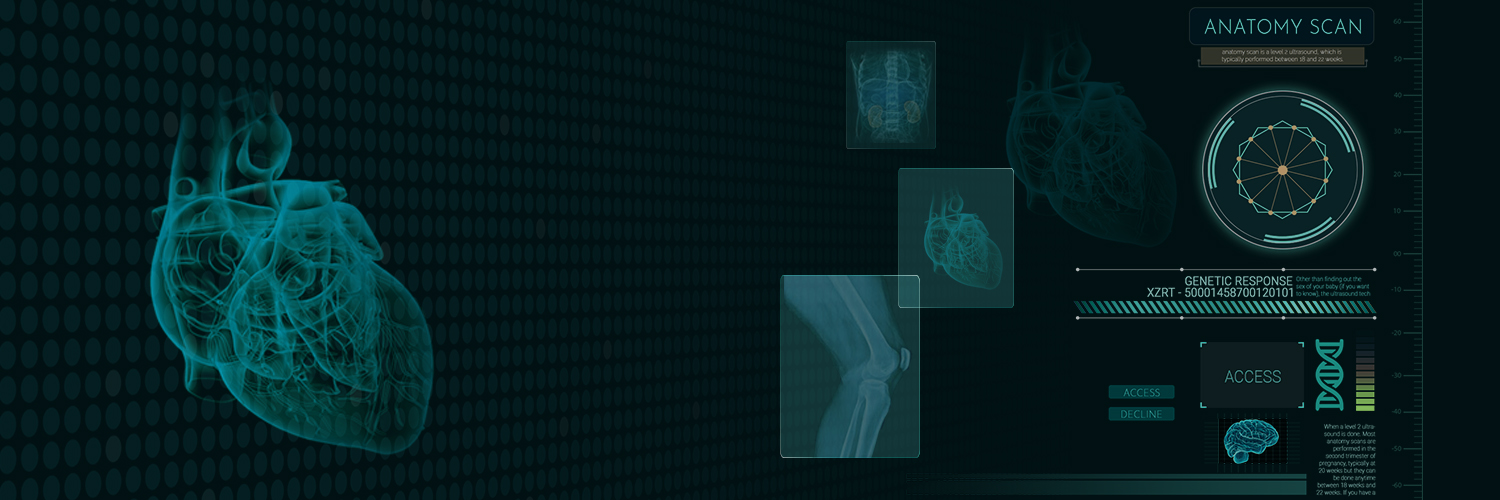Importance of Classification:
- Classification makes the study of a wide variety of organisms easy.
- Classification projects before us a picture of all life forms at one glance.
- Classification helps to understand the interrelationships among different groups of organisms.
- Classification forms a base for the development of other biological sciences. For ex. Biogeography which is the study of geographical distribution of plants and animals totally dependent on the information supplied by classification.
Body design of a plant and an animal is the fundamental characteristic of classification. The next level of the hierarchy is, whether the plant is a tree or a shrub. More subgroups will be formed based on different characteristics.
